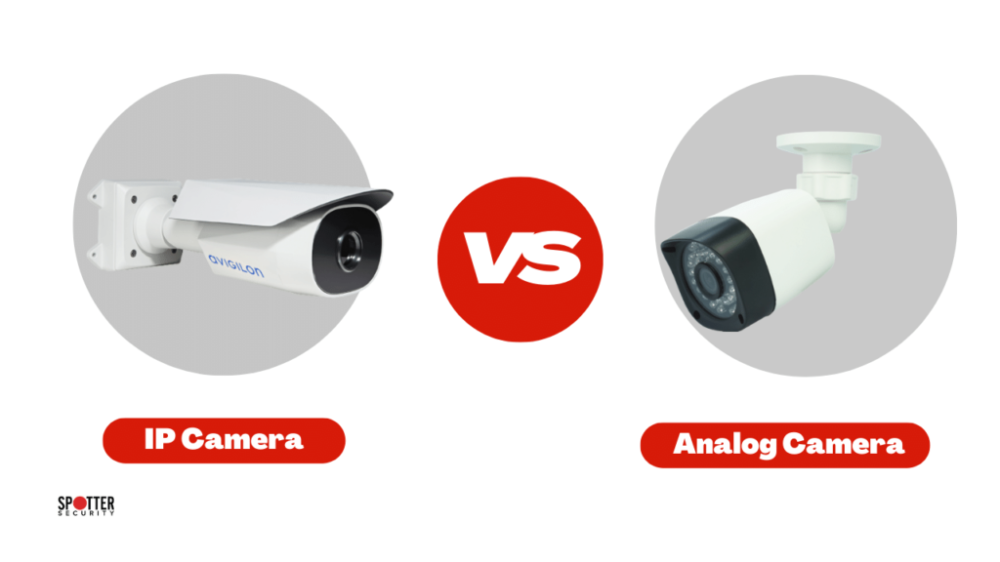
The difference between analog and IP cameras in surveillance systems
In the world of video surveillance systems, cameras are an essential component for ensuring security and monitoring. There are two main types of cameras widely used: analog cameras and IP cameras . Each type has its own characteristics, advantages, and appropriate uses. In this article, we will review the main differences between the two types.
1. Definition of each type
A. Analog Cameras:
It is the first type of camera to appear in the surveillance market.
Images are transmitted via analog signals using coaxial cables such as RG59.
These cameras require a recording device called a DVR (Digital Video Recorder) that converts the analog signal to a digital signal to be recorded on a hard disk.
B. IP Cameras:
They are smart cameras that send digital data directly over the network.
Each camera has its own IP address and connects directly to the local network or the Internet.
You don't need a traditional DVR, but an advanced recording device called an NVR (Network Video Recorder) .
2. Quality and accuracy

Note: With the advent of technologies such as AHD/HD-TVI/HD-CVI , the resolution of analog cameras has improved, but it is still inferior to IP cameras.
3. Method of communication and transportation
 4. Cost
4. Cost

5. Appropriate uses
Analog cameras are suitable for:
Small and medium enterprises.
Places that don't need high quality.
Limited budget.
Simple renovations to an old system.
IP cameras are suitable for:
Large projects such as companies, malls and airports.
The need for high quality and intelligent video analysis (e.g., face recognition).
Remote monitoring via the Internet.
Future scalable systems.
6. Advantages and disadvantages
✅ Advantages
IP cameras
- Easy to install - Lower cost - Suitable for new users - Longer life
Analog cameras
- High quality - Remote control - Flexible expansion
❌ Disadvantages
IP cameras
- Higher cost - Requires network infrastructure
Analog cameras
Limited quality - Difficult to upgrade - Few smart options - Short lifespan

